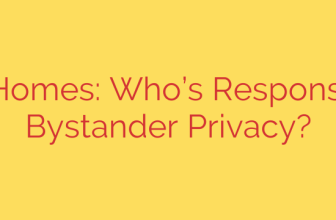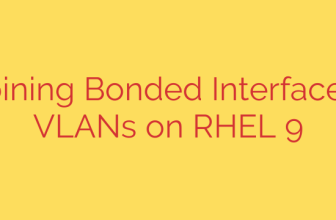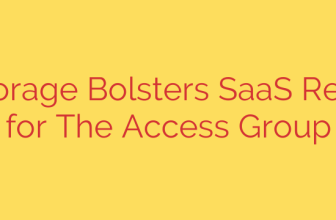
Urgent Security Alert: Critical Zero-Day Vulnerability in Cisco Firewalls Actively Exploited
A critical zero-day vulnerability is being actively exploited in Cisco Adaptive Security Appliance (ASA) and Firepower Threat Defense (FTD) software, placing countless networks at severe risk. This flaw allows attackers to gain complete control of affected devices, potentially leading to widespread network breaches, data theft, and ransomware attacks.
This is not a theoretical threat. Malicious actors are already leveraging this exploit in the wild to breach corporate networks. There is currently no security patch available, making immediate mitigation efforts essential for all organizations using these popular firewall solutions.
Understanding the Critical Flaw: What’s at Stake?
The primary vulnerability, tracked as CVE-2024-20353, is a critical remote code execution (RCE) and denial of service (DoS) flaw. In simple terms, it allows an unauthenticated, remote attacker to send specially crafted network traffic to a vulnerable device and run their own malicious code.
A successful exploit could have catastrophic consequences, including:
- Complete System Takeover: Attackers can gain full administrative control over the firewall.
- Network Infiltration: Once in control of the firewall—the gateway to your network—attackers can move laterally to access servers, workstations, and sensitive data.
- Service Disruption: The DoS component can be used to crash the device, taking down internet access and critical business operations.
This vulnerability impacts specific configurations of Cisco ASA and FTD software, particularly those with certain VPN features enabled. Any device that is exposed to the internet is at an especially high risk. Several other related vulnerabilities (CVE-2024-20359 and CVE-2024-20358) have also been identified, compounding the security challenge.
Threat Actors Are Already Launching Attacks
Security researchers have observed a sophisticated threat group, identified as UAT4356 (also known by Microsoft as STORM-1849), actively exploiting this zero-day. This group has a history of targeting government and critical infrastructure networks.
Their method involves using the exploit to gain initial access and then deploying custom backdoors. Once inside, they disable security measures, steal credentials, and pave the way for major ransomware attacks. This vulnerability has been linked to deployments of notorious ransomware variants like Akira and LockBit, highlighting the severe financial and operational risk posed by this flaw.
Protecting Your Network: Immediate Mitigation Steps
With no patch available, proactive mitigation is the only way to defend your network. If your organization uses Cisco ASA or FTD firewalls, you must take the following steps immediately.
1. Identify All Vulnerable Devices
Conduct an immediate audit of all Cisco ASA and FTD devices in your network. Pay close attention to the software versions and specific configurations you are running. Devices with clientless SSL VPN, AnyConnect SSL VPN, or IKEv2 IPsec VPN features enabled are particularly vulnerable.
2. Implement Access Restrictions
If possible, disable the vulnerable features (such as SSL VPN) entirely until a patch is released. If disabling these services is not an option for business continuity, you must severely restrict access. Use access control lists (ACLs) to ensure that only trusted and known IP addresses can reach the VPN interfaces. Do not expose your firewall’s management interface to the public internet.
3. Hunt for Signs of Compromise
Attackers may have already breached your network. It is crucial to check for indicators of compromise (IoCs). Scrutinize firewall logs for any of the following:
- Unusual or unauthorized configuration changes.
- Unexpected device reboots or crashes.
- Suspicious connections originating from the firewall itself.
- The presence of unknown files or scripts on the device.
4. Prepare for Patch Deployment
Stay in constant communication with Cisco’s security advisory channels. As soon as a patch is released, you must be prepared to deploy it immediately as an emergency change. A swift patching process will be critical to closing this security gap once a fix is available.
The Path Forward: A State of High Alert
This Cisco ASA zero-day is a stark reminder that even the most robust security appliances can become a primary target for attackers. The combination of a critical RCE flaw, active exploitation by skilled threat actors, and the absence of a patch creates a perfect storm for cyberattacks.
All organizations must treat this as a high-priority incident. Taking immediate action to mitigate the risk and hunt for threats is not just recommended—it is essential to safeguarding your network’s integrity and protecting your organization from a potentially devastating breach.
Source: https://www.bleepingcomputer.com/news/security/cisco-warns-of-asa-firewall-zero-days-exploited-in-attacks/








